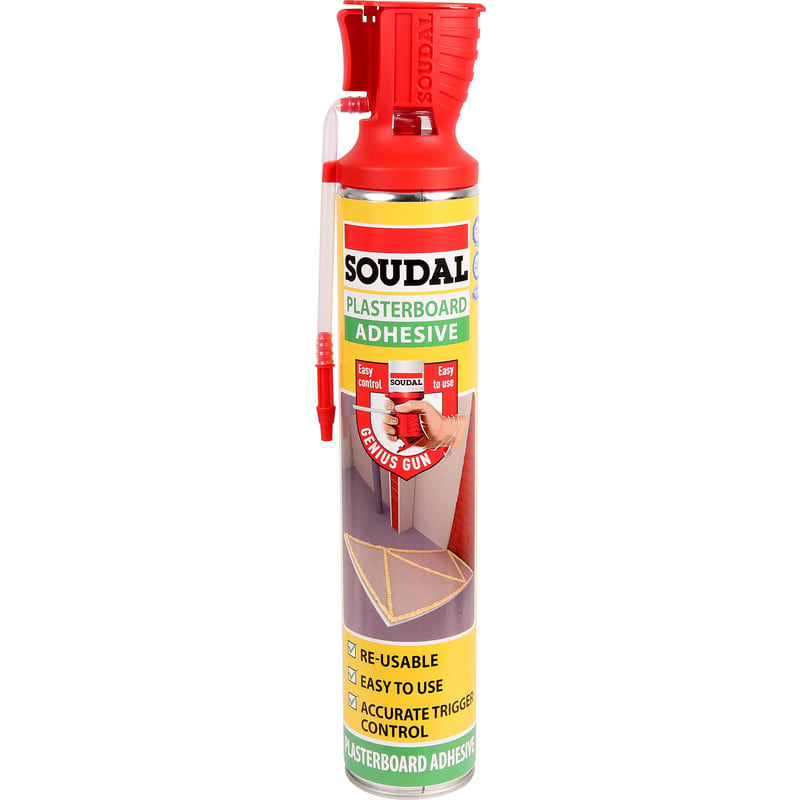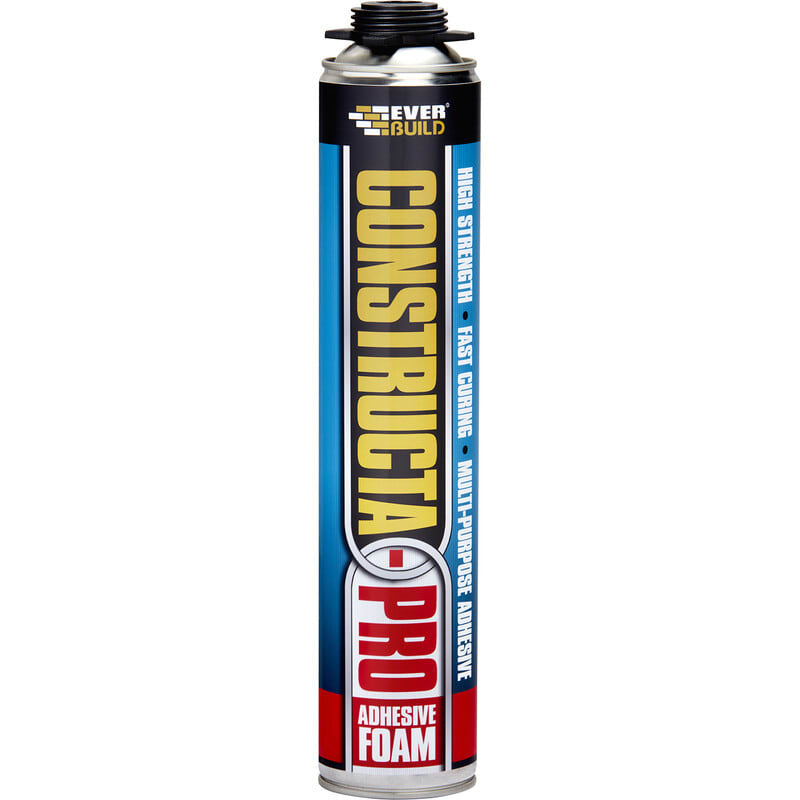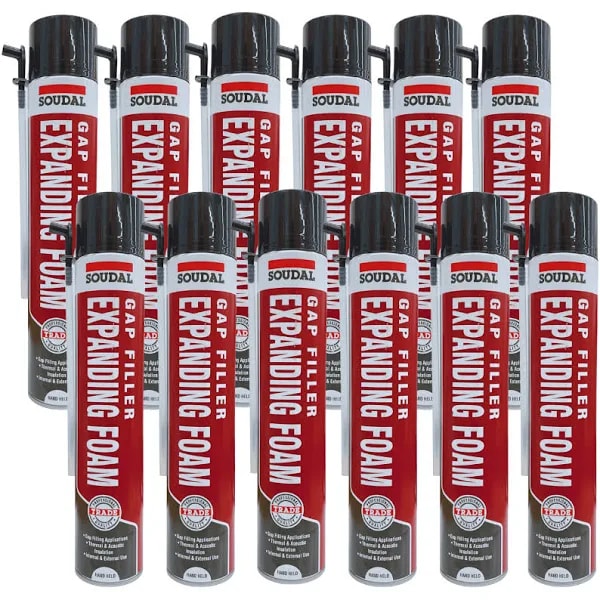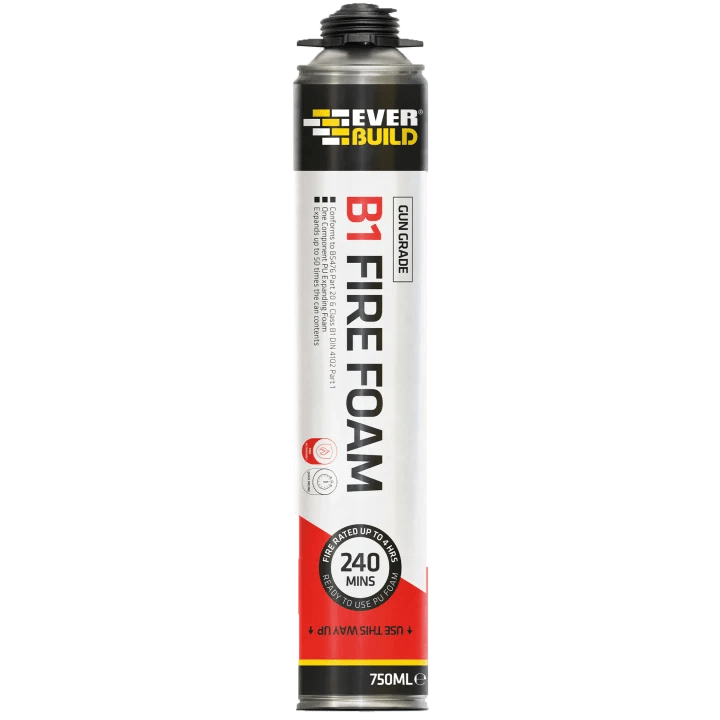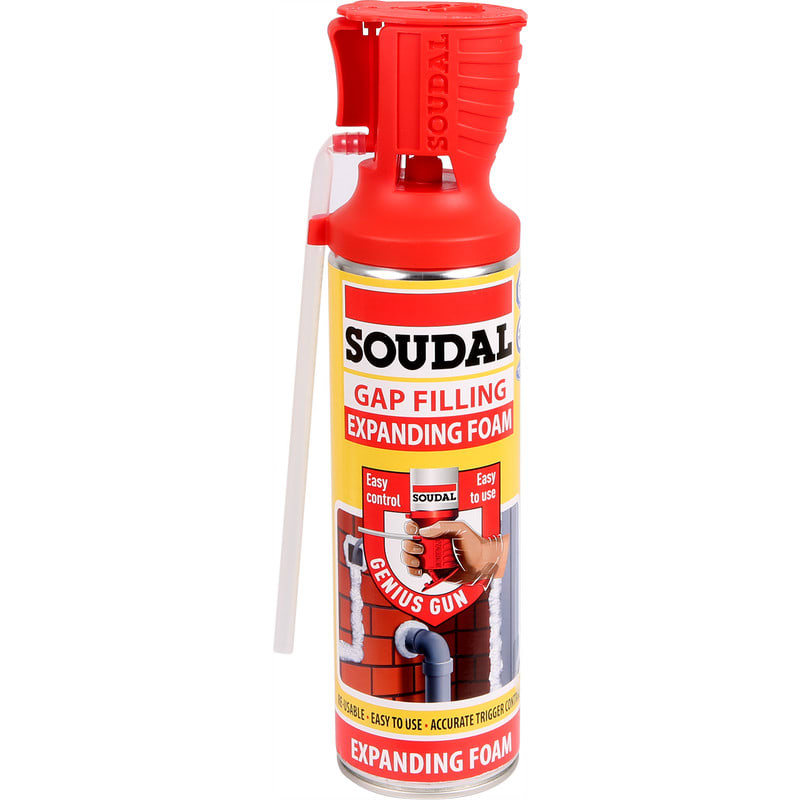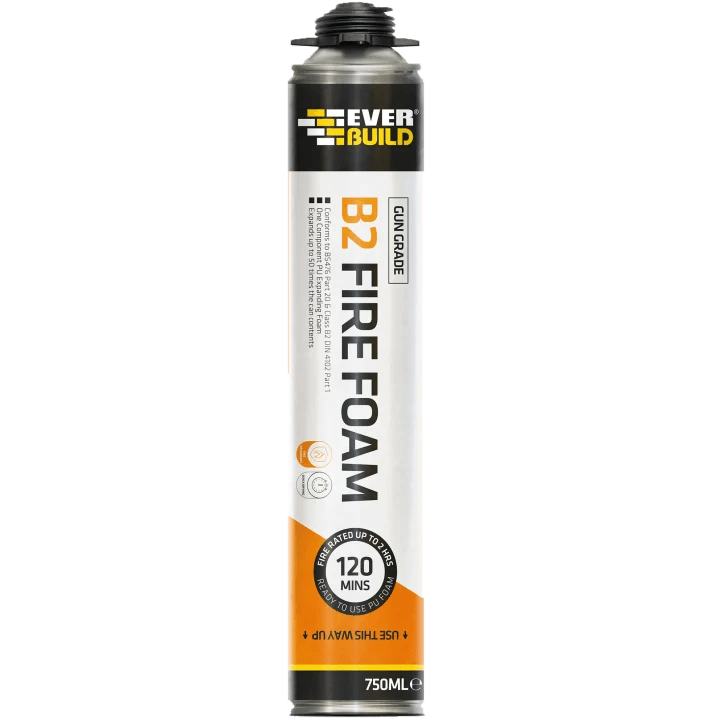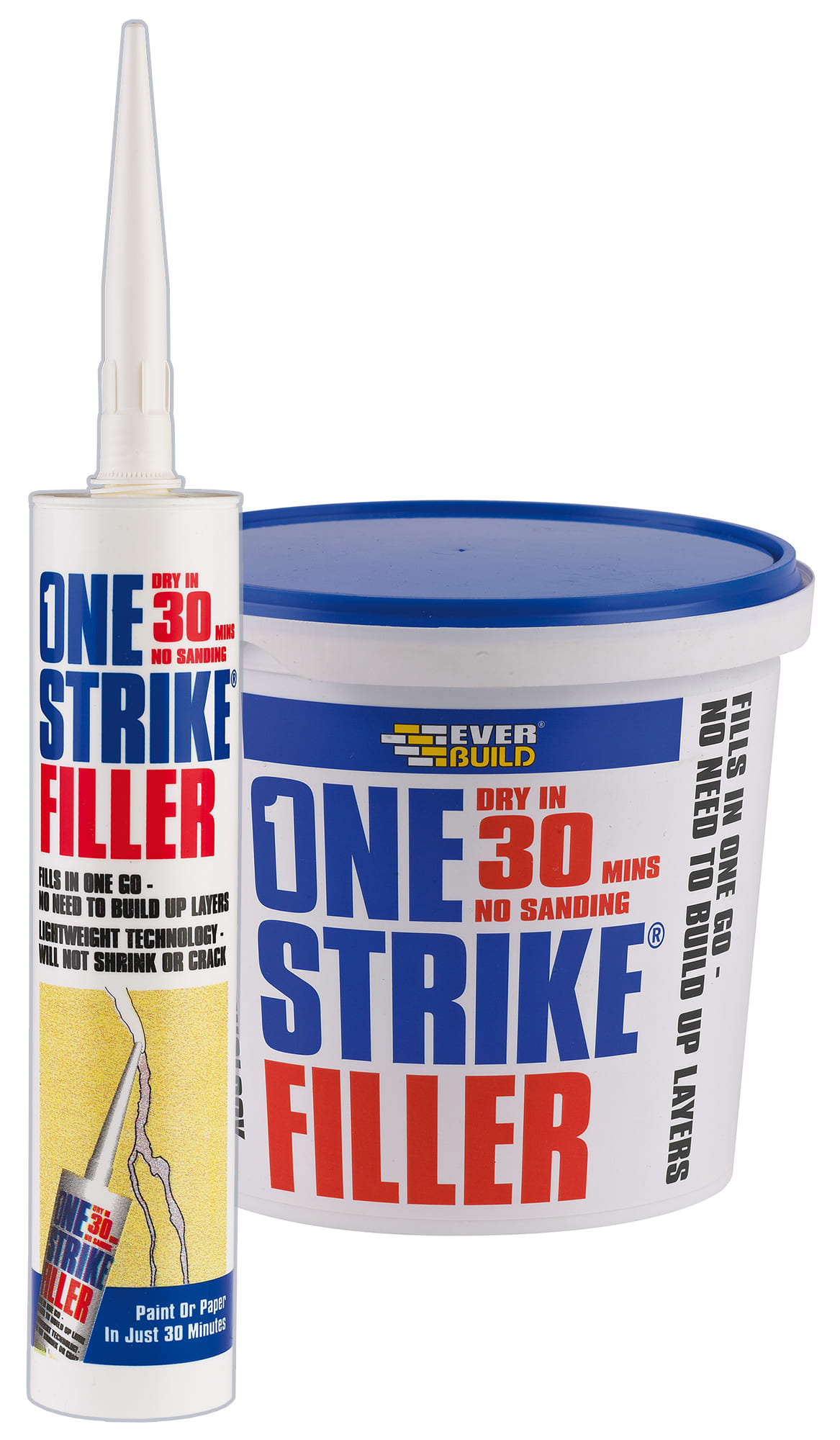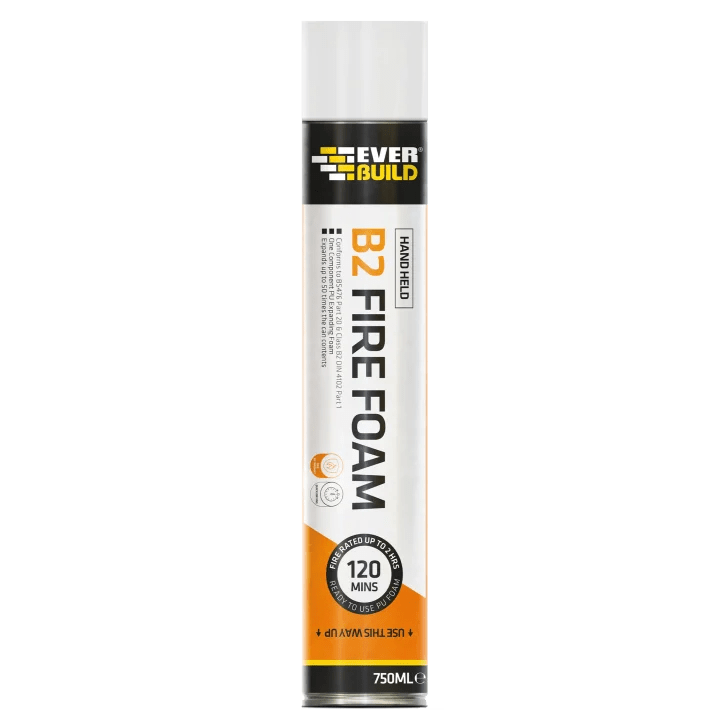Foams & Fillers
(36 Products)Foams and fillers are essential materials used in the construction industry for a variety of purposes. From insulation to gap-filling, these materials provide versatility and efficiency in construction projects.
What Are Foams & Fillers?
Foams are low-density, permeable structures that consist of gas-filled pockets surrounded by a solid or liquid matrix. Foams are made by mixing a blowing agent with a liquid polymer, which is then expanded and cured to create the final product.
To the layman's eye, foam is most recognisable in the form of foam sheets and custom-cut foam (foam cut to size and shape), however, there is so much more to foam than just upholstery foam; it is a valued solution in the building industry, coming in many forms to suit a host of different applications. Common foam materials include retardant foam and expanding foam, a wide array of which we sell on-site.
Fillers, on the other hand, are materials used to fill gaps, reduce vibrations, and enhance the properties of a material. They are typically added to a matrix material, such as a polymer, to improve its performance.
Construction Foam Applications
- Filling joints around door frames
- Sealing joints in walls and gaps in windows
- Non-structural brick bonding
- Bonding insulation boards for thermal insulation
- Being used aesthetically to patch up holes and general repairs
- Filling around pipes
Expanding Foam Products
Cracks and crevices are a common occurrence in the majority of structures. Expanding foam is specially engineered to fill these, creating a smooth and linear surface finish.
This innovative product is essentially a filler in the form of an air-reactive foam. Typically supplied in a canister or bottle, this product is sprayed and once released from the bottle, begins to expand, living up to its name.
Expanding foam is like the ultimate handyman's secret weapon. With its ability to expand and harden, it can fill any gap or crack in a jiffy, leaving no space unfilled. Versatile in nature, expanding foam can be used on a host of different surfaces including wood, metal, and concrete.
We supply a range of expanding foam products to suit a variety of applications. Browse our comprehensive selection on our Expanding Foam category page.
How Does Expanding Foam Work?
Expanding foam, not to be confused with insulation foam, works by using a two-part chemical reaction to create a foam that expands and hardens.
The two components of the foam are stored separately in the canister or spray bottle and are mixed together when the foam is sprayed onto a surface.
Expanding Foam Applications
With the right type and brand, expanding foam can establish a resilient seal that effectively guards against heat, noise, and moisture.
Let's take a look at its most common applications below:
- Filling gaps and cavities
- Fastening components together via adhesion
- Sealing door frames
- Sealing window frames
- Quelling draughts
As the foam is exposed to air, it begins to expand and fill the surrounding area, creating a lightweight and durable material that can be shaped and trimmed as needed.
Fire Rated Expanding Foam
Fire retardant acoustic foam is completely non-flammable. Upon application, it rapidly cures and sets into a solid sealing solution boasting excellent thermal and acoustic insulation properties.
The manufacture of the foam ensures it forms a strong bond with a host of building materials.
It is typically applied in the following applications:
- Around pipe entries
- Windows
- Door frames and joints
- Fixing timber structures
- Insulating behind cladding to exterior walls
Frequently Asked Foams & Fillers Questions
Where Should You Not Use Expanding Foam?
To keep yourself and your home safe, never spray foam near any light fixtures or heat-emitting appliances.
The flammable characteristics of the spray can create a fire hazard if it is applied too close to an overhead light; as well, it could also cause irreparable damage to the wiring encasing that fixture.
What Is A Closed-Cell Foam Used For?
Closed-cell foam is typically employed as a sealant as a means of inhibiting liquid and gas flow.
Thus, this product is an imperative solution in industries where moisture resistance is crucial, such as marine and automotive applications.
Does Expandable Foam Stick to Wood?
Yes, Expanding Foam adheres to most common construction materials including:
- Metal
- Wood
- Masonry
- Glass
- Most plastics



